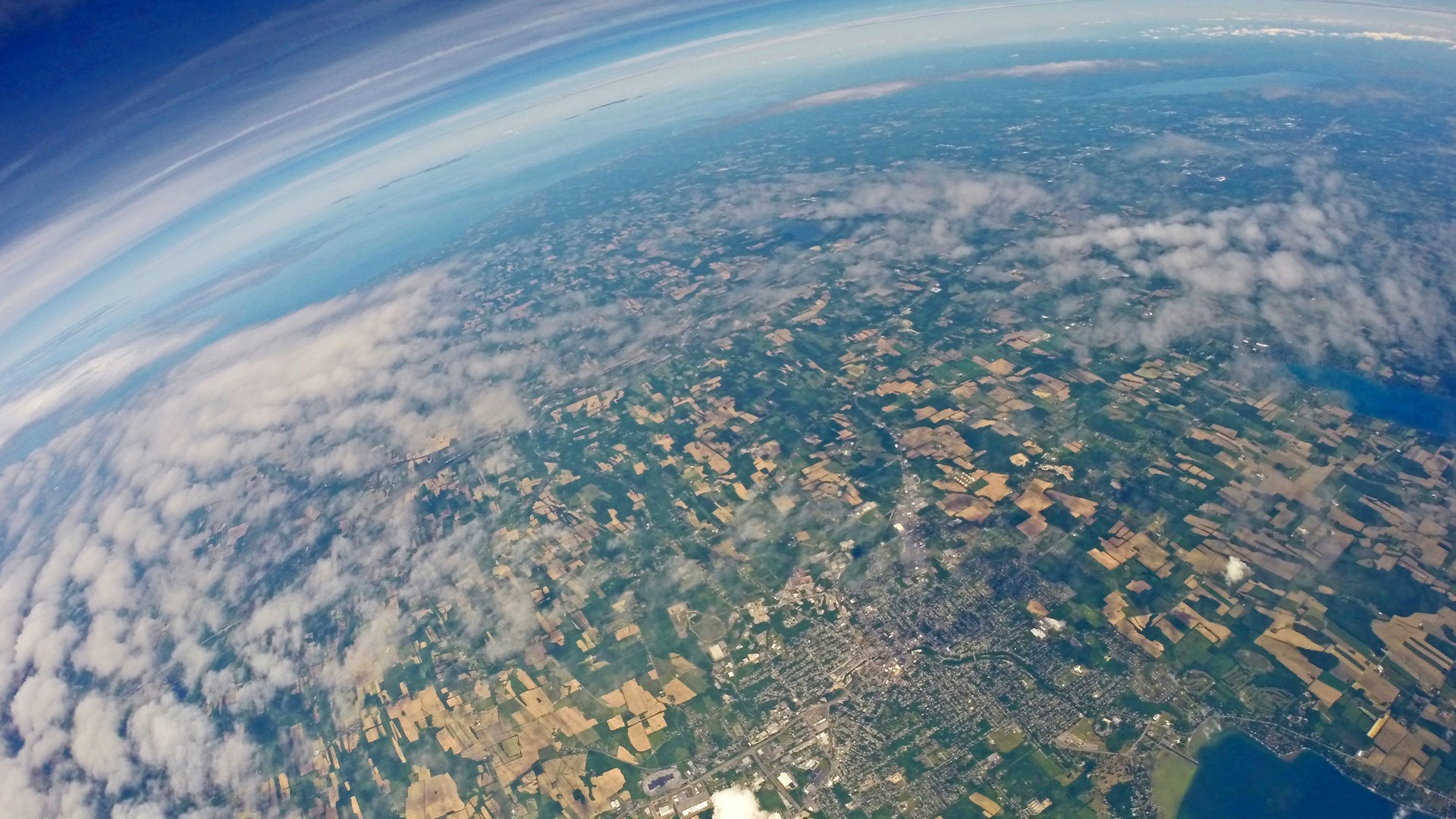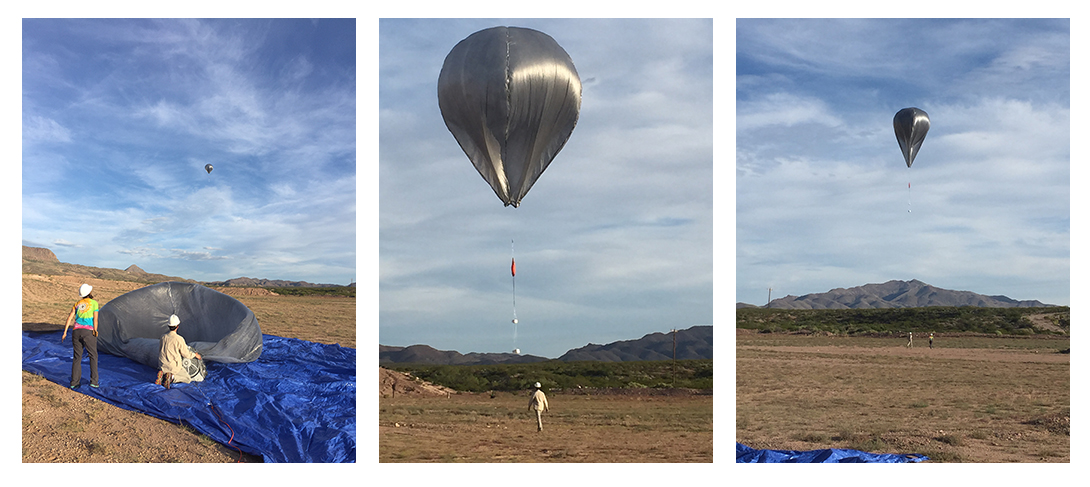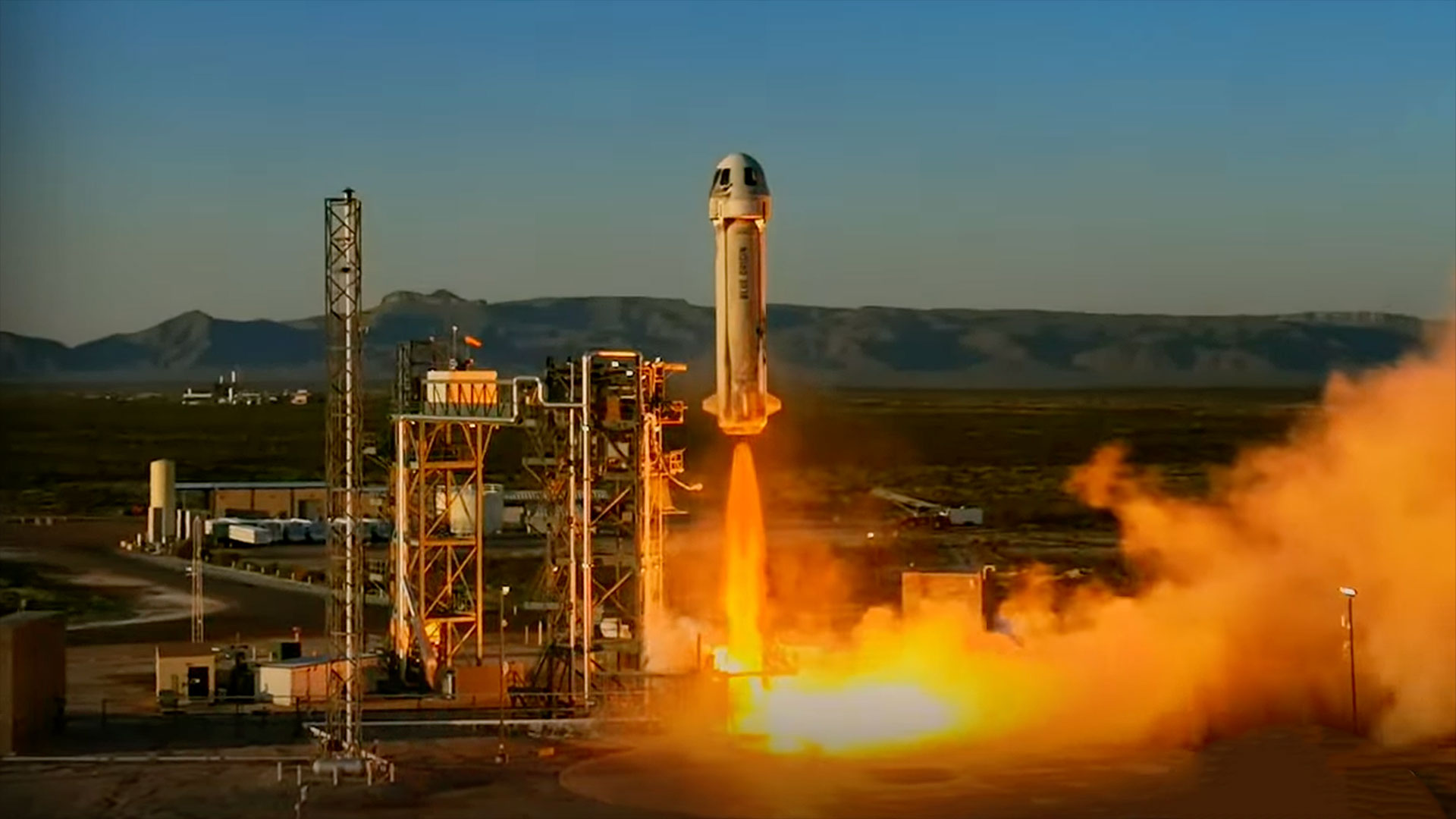Strange sounds recorded high in Earth's atmosphere have scientists baffled
A solar-powered balloon mission detected a repeating infrasound noise in the stratosphere. Scientists don't know what is making it.

Scientists have detected sounds high in Earth's atmosphere that can't be identified.
A solar-powered balloon mission launched by researchers from Sandia National Laboratories carried a microphone to a region of Earth's atmosphere found around 31 miles (50 km) above the planet called the stratosphere. This region is relatively calm and free of storms, turbulence and commercial air traffic, meaning microphones in this layer of the atmosphere can eavesdrop on the sounds of our planet, both natural and human-made.
However, the microphone in this particular study also heard strange sounds that repeat a few times per hour. Their source has yet to be identified. The sounds were recorded in the infrasound range, meaning they were at frequencies of 20 hertz (Hz) and lower, well below the range of the human ear. "There are mysterious infrasound signals that occur a few times per hour on some flights, but the source of these is completely unknown," Daniel Bowman of Sandia National Laboratories said in a statement..
Related: Earth's atmosphere: Facts about our planet's protective blanket
To gather acoustic data from the stratosphere, Bowman and the team used devices initially designed to monitor volcanoes called microbarometers that are capable of detecting detect low-frequency sounds.
Along with the expected natural and man-made sounds, the microbarometers detected the mysterious repeating infrasound signals.
The sensors were carried aloft by balloons that Bowman and fellow researchers built. Featuring diameters between 20 and 23 feet (6 and 7 meters), the balloons were built from common and inexpensive materials. Powered by sunlight, these deceptively simple devices were able to climb to altitudes of around 70,000 feet (13.3 miles) over Earth.
Breaking space news, the latest updates on rocket launches, skywatching events and more!
"Our balloons are basically giant plastic bags with some charcoal dust on the inside to make them dark," Bowman said. "We build them using painter's plastic from the hardware store, shipping tape, and charcoal powder from pyrotechnic supply stores. When the sun shines on the dark balloons, the air inside heats up and becomes buoyant."
Bowman explained that this passive solar power is enough to propel the balloons from the surface of the planet to the stratosphere. After launch, the balloons were tracked using GPS, something that the team had to do because balloons can often fly for hundreds of miles and may land in difficult-to-navigate regions of the planet.
And, as recent events have shown, scientific balloons can be mistaken for other objects, sometimes causing unintentional alarm.
In addition to helping further investigate these mysterious stratospheric sounds, solar-powered balloons like these could be used to investigate mysteries much further from Earth.
Such vehicles are currently being tested to discover if they could be partnered with a Venus orbiter to observe seismic and volcanic activity through its thick atmosphere. Robotic balloons could drift through the upper atmosphere of "Earth's evil twin," high above its hellishly hot and high-pressure surface investigating its thick atmosphere and clouds of sulfuric acid.
The team's research containing the detection of these unidentified infrasound sources will be presented by Bowman on Thursday (May 11) at the 184th Meeting of the Acoustical Society of America being held in Chicago.

Robert Lea is a science journalist in the U.K. whose articles have been published in Physics World, New Scientist, Astronomy Magazine, All About Space, Newsweek and ZME Science. He also writes about science communication for Elsevier and the European Journal of Physics. Rob holds a bachelor of science degree in physics and astronomy from the U.K.’s Open University. Follow him on Twitter @sciencef1rst.

